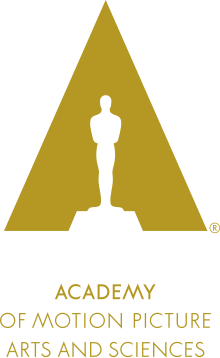The Academy of Motion Picture Arts and Sciences
 |
|
| Abbreviation | AMPAS |
|---|---|
| Formation | May 11, 1927 |
| Type | Film organization |
| Headquarters | Beverly Hills, California, United States |
|
Membership
|
6,687 |
|
President
|
Cheryl Boone Isaacs |
| Website | www |
The Academy of Motion Picture Arts and Sciences (AMPAS, also known as simply the Academy) is a professional honorary organization with the stated goal of advancing the arts and sciences of motion pictures. The Academy's corporate management and general policies are overseen by a Board of Governors, which includes representatives from each of the craft branches.
The roster of the Academy's approximately 6,000 motion picture professionals is a "closely guarded secret". While the great majority of its members are based in the United States, membership is open to qualified filmmakers around the world.
The Academy is known around the world for its annual Academy Awards, now officially known as The "Oscars".
In addition, the Academy holds the Governors Awards annually for lifetime achievement in film; presents Scientific and Technical Awards annually; gives Student Academy Awards annually to filmmakers at the undergraduate and graduate level; awards up to five Nicholl Fellowships in Screenwriting annually; and operates the Margaret Herrick Library (at the Fairbanks Center for Motion Picture Study) in Beverly Hills, California, and the Pickford Center for Motion Picture Study in Hollywood, Los Angeles. The Academy plans to open the Academy Museum of Motion Pictures in Los Angeles in 2017.
The notion of the Academy of Motion Pictures Arts and Sciences (AMPAS) began with Louis B. Mayer, head of Metro-Goldwyn-Mayer (MGM). He said he wanted to create an organization that would mediate labor disputes without unions and improve the industry's image. He met with actor Conrad Nagel, director Fred Niblo, and the head of the Association of Motion Picture Producers, Fred Beetsonto to discuss these matters. The idea of this elite club having an annual banquet was discussed, but no mention of awards at that time. They also established that membership into the organization would only be open to people involved in one of the five branches of the industry: actors, directors, writers, technicians, and producers.
...
Wikipedia
